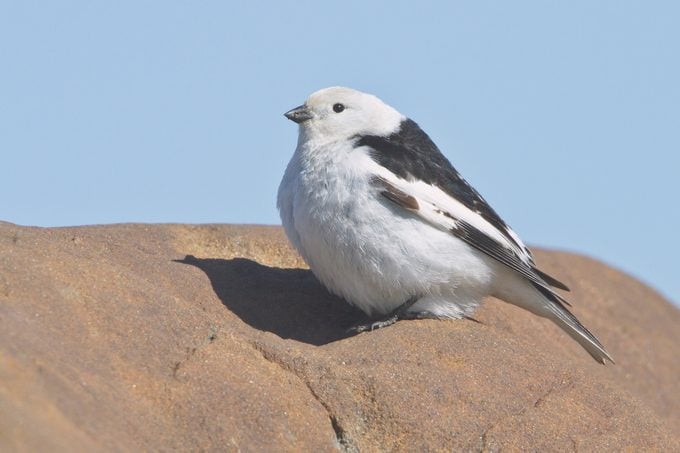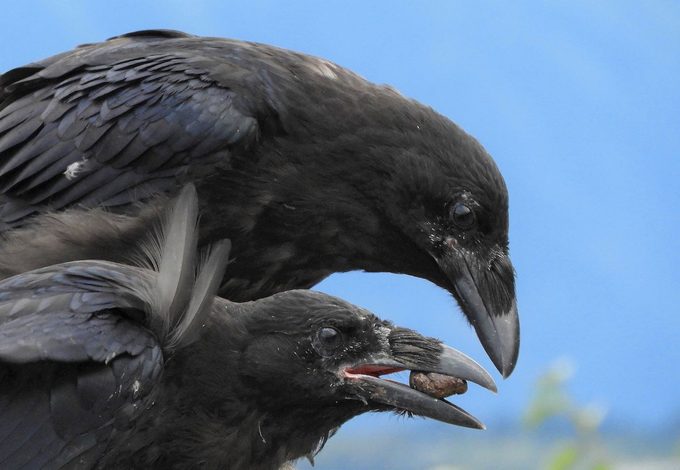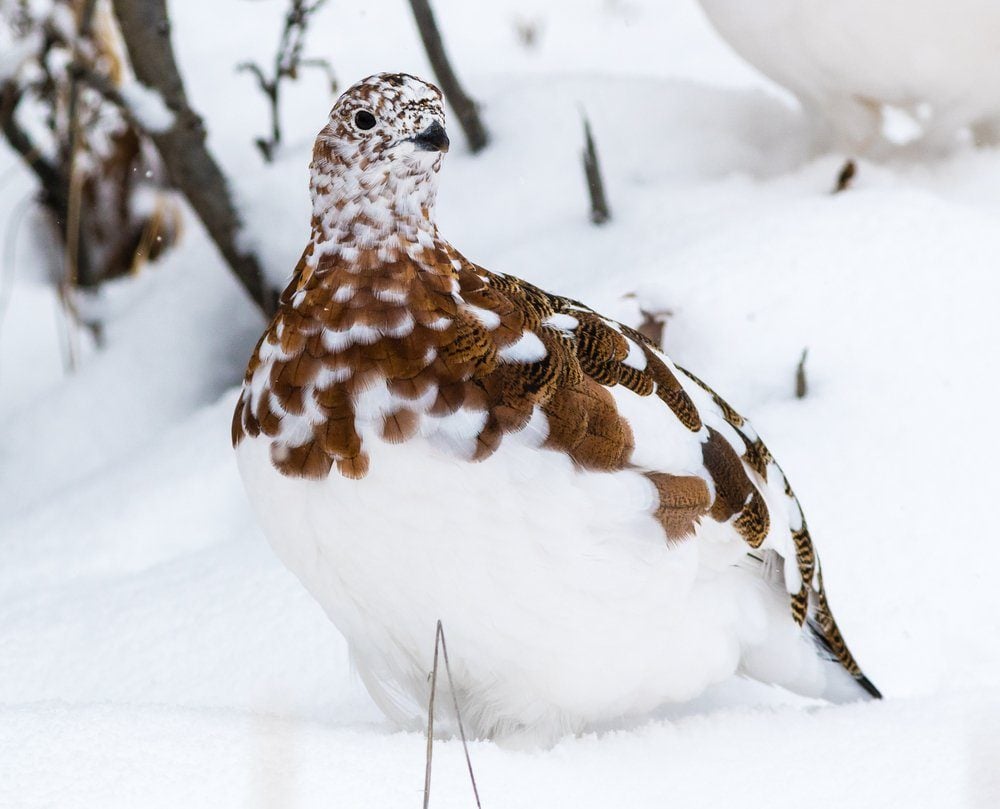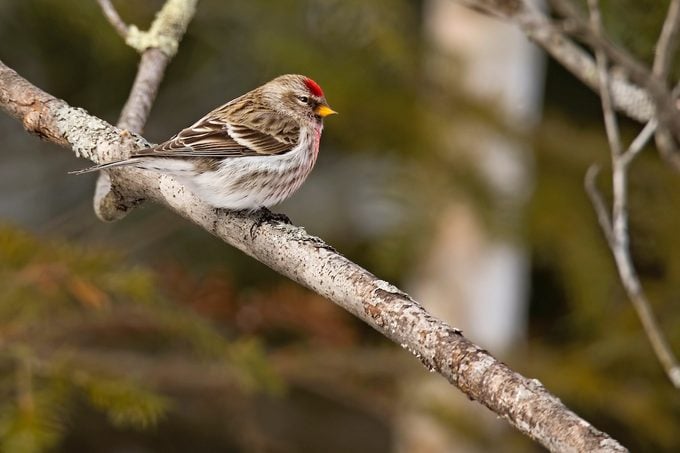6 Surprising Facts About Arctic Birds
Updated: Nov. 01, 2021
Arctic birds feel right at home in an icy climate.

Learn more about the birds that feel right at home in the Arctic’s icy climate. Arctic birds, like snow buntings and arctic terns, have made some amazing adaptations to be able to withstand the polar cold.
Arctic Terns
Talk about an incredible journey! Arctic terns hold the record for the farthest migration. One trip from their breeding grounds in the Arctic to their winter territory in Antarctica is about 29,000 miles. That impressive zigzagging flight south is done at sea—they are rarely spotted from land.
Common Ravens

The common raven is one of the smartest birds on the planet. Thanks to that ingenuity, ravens survive in all kinds of habitats—from Arctic tundra to Texas heat.
Ptarmigans

Two of the three ptarmigan species, rock and willow, live mainly in the Arctic. The third, white-tailed, also lives as far south as Colorado. (Psst! The “p” in ptarmigan is silent.)
Peregrine Falcons
Fast-flying peregrine falcons are found on six continents.
Common and Hoary Redpolls

After studying the DNA of 77 redpolls, researchers found almost no genetic difference between common and hoary redpolls. This explains why the two are so difficult to tell apart.
Check out the updated winter finch forecast.
Snow Buntings
Male snow buntings head to their breeding grounds in the high Arctic in early April. The area is still covered in snow, and temperatures are as low as 22 degrees below zero.
Read about other cold-weather birds! Meet the Boreal Birds
